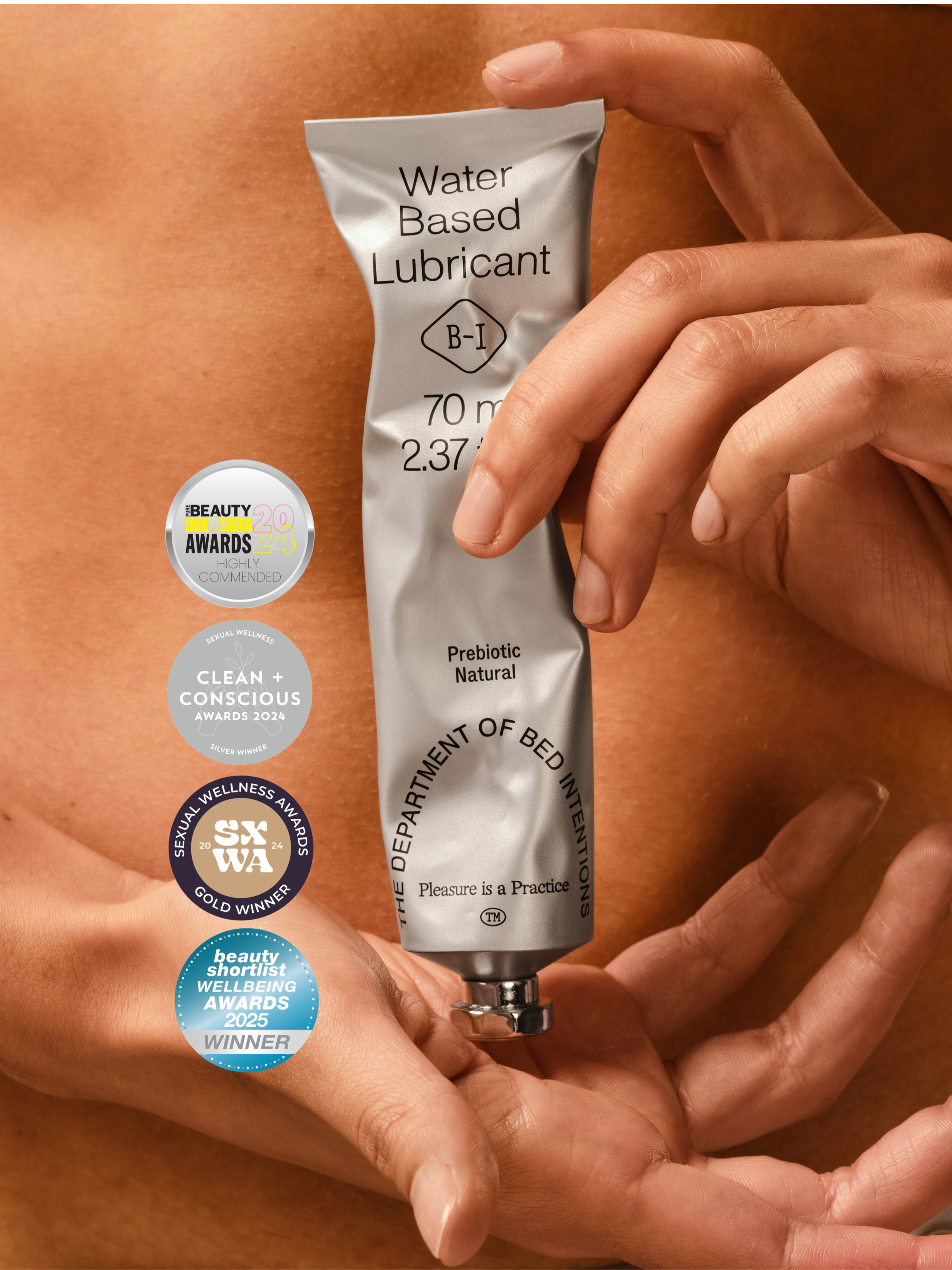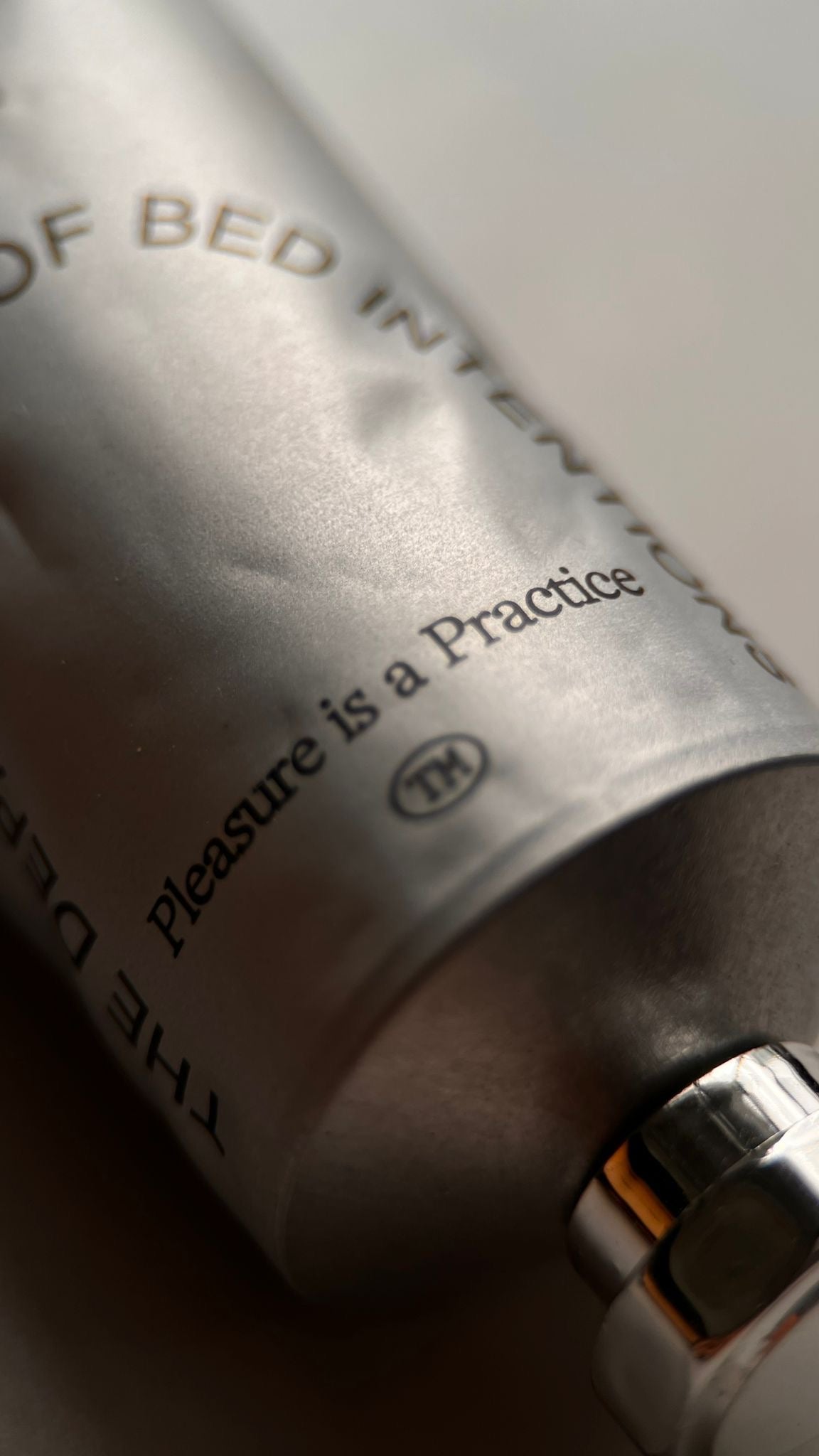|
It goes without saying that we’re strong advocates for open communication in any and every relationship.
But sometimes, it pays to go back to the basics — to let your hands do the talking, with the language they’re best at: touch. |
Touching is an important part of sexual play. It is, after all, one of the five languages of love. Reaching orgasm is easiest achieved through direct tactile stimulation of our sexual organs. Touch also increases the levels of oxytocin in the body, the hormone responsible for love. Thus, it is not a surprise that touching non-genitalia can also heat things up. In fact, it’s incredibly important, and it is more commonly known as ‘foreplay’.
|
The nipples, boobs, lips, butt, and inner thigh are the usual suspects, but sometime you will find that your partner has a sexy little spot in the small of their back, or around their throat. The road to the discovery of these little gems is just as fun as stimulating these body parts. Sometimes, your erogenous zone might not be on your own body, but on your partners - as the act of touching someone else specific body part, might send you wild.
Touching can come in the form of kissing, caressing, tickling, pinching or grabbing. The intensity and location of the touch are key factors, but there is a lesser-practiced cousin, which is the time spent on each erogenous zone(2). Women value sexual touching over men, which can sometimes lead to a disconnect in sexual desires, so it is always important to ask what your partner wants.

What are the actual, scientifically proven sexual benefits of touching?
Studies have shown that women feel that the amount of touch is correlated to the amount of desire their partner has for them, so if you have exhausted every verbal affirmation, consider the power of touch. |
It may also allow you to let your guard down about your insecurities such as ‘being too dry’ or ‘not being able to get it up’. It signals to your partner that they are in a safe space, reducing stress, anxiety and shame. Trust and connection levels skyrocket (remember oxytocin?) which may even reduce the risk of erectile dysfunction in men(3) Sexual touching has also been shown to help you fall even deeper in love with your long-term partner (4), so do not remove or reduce this time from your sexual script. |

How can touch improve sexual desire?
Sexual desire is a deeply intricate part of human experience, influenced by a mix of psychological and physiological factors. When multiple people are involved, things get even more complex. Individuals vary in their levels of sexual desire, which can trigger feelings of shame, frustration, or guilt(5).
Imagine this scenario: You find yourself wanting more intimacy than your partner. Initially, you give them space, but as desires continue to decline, weeks pass without any physical connection. Insecurities creep in—doubts about your own attractiveness, embarrassment from repeated rejections. One month turns into two, and before you know it, the relationship suffers.
Little did you realise, your partner was struggling too—they felt guilty for not reciprocating, battling personal health concerns all along.
|
It's crucial to understand that fluctuations in sexual desire are normal and shouldn't be conflated with overall attraction to a partner. In long-term relationships, sex often becomes less spontaneous and more responsive. It shifts from physical lust to a deeper mental connection. |
To nurture sexual desire in long-term relationships, partners can focus on non-sexual touch to foster emotional closeness, which can naturally lead to increased intimacy. Regular, intentional touch can prevent intimacy from becoming mundane. By exploring different types of touch, such as massage or playful tickling, couples can keep their physical connection vibrant and engaging. These varied forms of touch can rekindle interest and excitement, ensuring each encounter feels unique and eagerly anticipated(6). |
*If you and your partner(s) are experiencing low sexual desire, consider speaking to a sexologist.
______________________________________________
1 Younis, I., Fattah, M., & Maamoun, M. (2016). Female hot spots: Extragenital erogenous zones. Human Andrology, 6(1), 20–26.
2 Galinsky AM. Sexual touching and difficulties with sexual arousal and orgasm among U.S. older adults. Arch Sex Behav. 2012 Aug;41(4):875-90. doi: 10.1007/s10508-011-9873-7. Epub 2011 Dec 8. PMID: 22160881; PMCID: PMC3589102.
3 McCabe M, Althof SE, Assalian P, Chevret-Measson M, Leiblum SR, Simonelli C, et al. Psychological and interpersonal dimensions of sexual function and dysfunction. Journal of Sexual Medicine. 2010;7:327–336.
4 Moore MM. Human nonverbal courtship behavior: A brief historical review. Journal of Sex Research. 2010;47:171–180.
5 McCabe M, Althof SE, Assalian P, Chevret-Measson M, Leiblum SR, Simonelli C, et al. Psychological and interpersonal dimensions of sexual function and dysfunction. Journal of Sexual Medicine. 2010;7:327–336.
6 Moore MM. Human nonverbal courtship behavior: A brief historical review. Journal of Sex Research.





